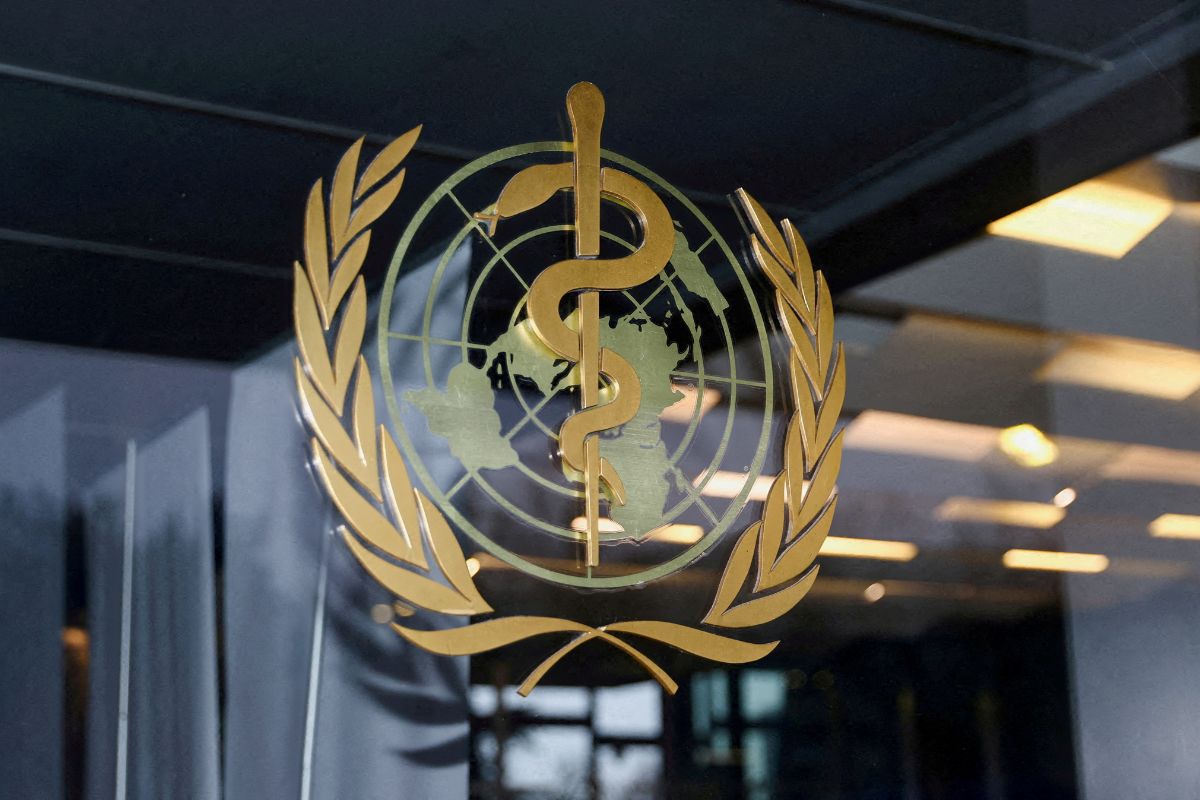
STI & HIV 2023 World Congress: WHO Emphasizes Improved Access to STI Treatment and Diagnosis
The STI & HIV 2023 World Congress, held in Chicago, witnessed the World Health Organisation (WHO) releasing new guidelines on sexually transmitted infections (STIs). The global health agency stressed the urgent need for better access to STI treatment and diagnosis. The event, spanning until July 27, aimed to address the growing concerns surrounding the prevalence of STIs worldwide.
Alarming STI Statistics
The WHO’s decision to release these guidelines comes at a critical time when the world faces over a million new STI cases reported daily. The situation is particularly concerning in many low and middle-income countries where limited access to proper diagnosis impedes effective STI monitoring. The asymptomatic nature of most STIs also adds to the difficulty in identifying and treating these infections. Notably, the WHO estimates that more than 500 million individuals between the ages of 15 and 49 years suffer from genital herpes simplex virus (HSV or herpes) infections globally.
Incorporating Point-of-Care Tests for STIs
To combat the challenges posed by limited access to diagnosis, the WHO’s new guidelines advocate for the integration of point-of-care tests for certain STIs. Point-of-care tests are medical diagnostic procedures that can be conducted near or directly where patients are located, also known as bedside testing. This approach is commonly used for tests like blood glucose monitoring and home pregnancy tests. The WHO aims to implement point-of-care testing for diagnosing STIs such as syphilis (Treponema pallidum), Chlamydia trachomatis, Neisseria gonorrhoeae, and Trichomonas vaginalis. According to the WHO, these tests can significantly reduce healthcare costs, decrease waiting times, expedite the initiation of treatment, enhance treatment accuracy, and improve patient follow-up.
The Most Prevalent STI Pathogens
Data from the WHO reveals that eight pathogens are responsible for the majority of STI cases globally. These pathogens include syphilis, gonorrhoea, chlamydia, trichomoniasis, hepatitis B, herpes simplex virus (HSV), HIV, and human papillomavirus (HPV). Additionally, there are more than 30 known bacteria actively causing these infections.
Recognizing Early STI Symptoms
While each STI may present its unique symptoms, there are common signs that sexually active individuals should be vigilant about. These symptoms include unusual vaginal discharge, painful urination, genital lumps, rashes or lumps around the anus, and blisters or sores in the genital area that can spread.
Complications of STIs
Addressing STIs promptly is crucial as they can lead to severe complications. Some STIs are treatable, but others can have potentially fatal consequences. For instance, herpes, gonorrhoea, and syphilis can increase the risk of contracting HIV. In cases where mothers have STIs, it can result in stillbirth, premature births, congenital defects, and neonatal conjunctivitis. HPV, on the other hand, can lead to cervical and oral cancer. Additionally, gonorrhoea and chlamydia may cause pelvic disease and infertility in women.
The STI & HIV 2023 World Congress held in Chicago served as an essential platform for the WHO to highlight the urgent need for improved access to STI treatment and diagnosis. With STI cases on the rise globally, it is vital for healthcare systems to prioritize early detection, appropriate treatment, and public awareness to curb the spread of these infections and safeguard public health.
Also Read: Hindu Boy Visits Muslim Girlfriend’s House For Marriage Proposal, Girl’s Father Circumcised Him
To read more such news, download Bharat Express news apps






















